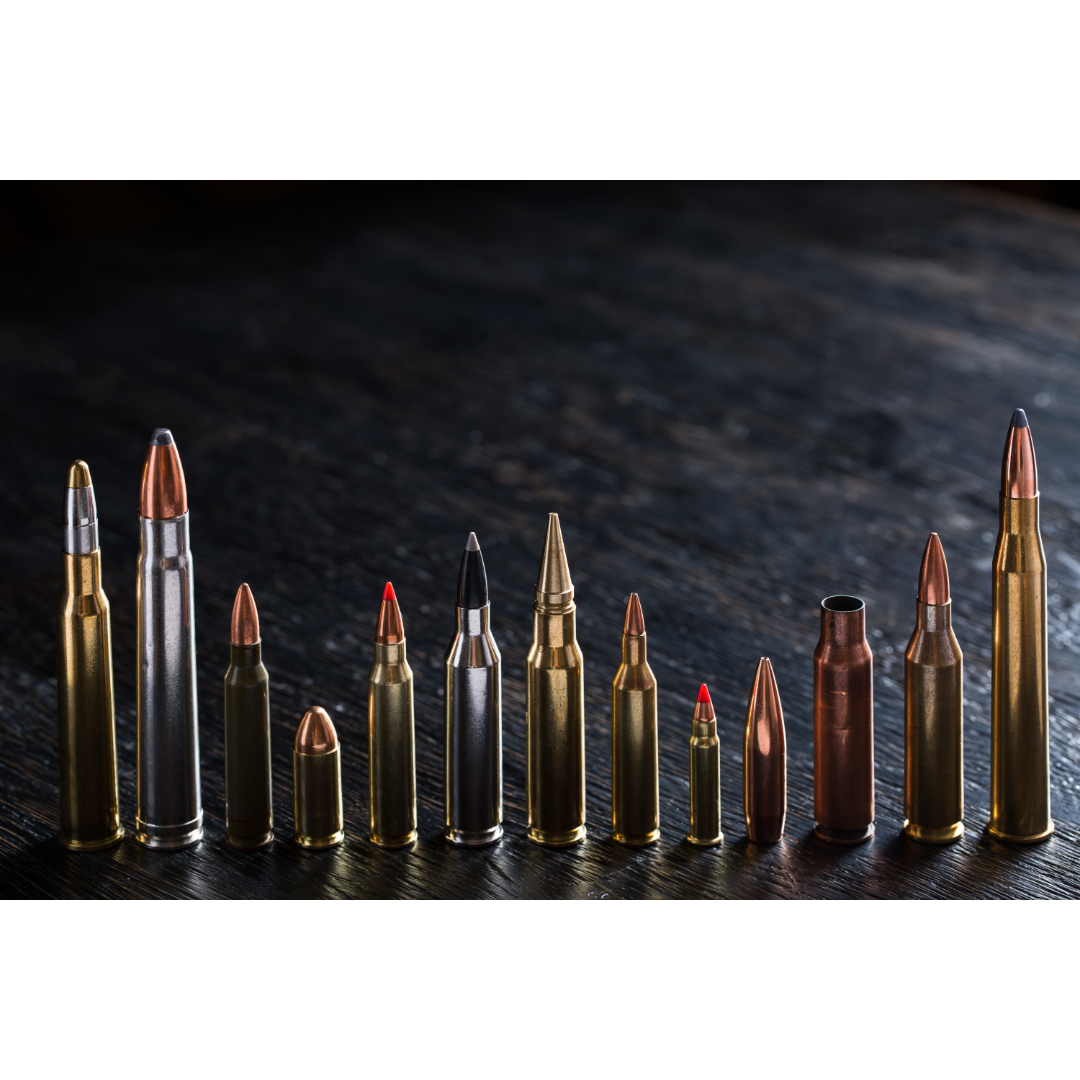Guns and firearms have been a subject of fascination and debate for many years. Whether you’re a seasoned gun enthusiast or someone who’s just getting started, understanding gun calibers is crucial. The world of firearms can be overwhelming, with a plethora of calibers and sizes available. In this guide, we’ll explore the basics of gun calibers, helping beginners gain a better understanding of this important aspect of firearms.
What is a Gun Caliber?
Before delving into the specifics, let’s define what a gun caliber actually is. In simple terms, caliber refers to the internal diameter of a gun’s barrel, measured in inches or millimeters. The caliber directly influences the size and type of ammunition a firearm can use. For example, a gun with a caliber of .45 can only fire ammunition specifically designed for that caliber.
The Importance of Caliber Selection
Choosing the right gun caliber is a crucial decision for any gun owner. It affects various aspects of firearm performance, including stopping power, recoil, accuracy, and suitability for different applications such as self-defense, target shooting, or hunting. The caliber you choose should align with your intended purpose and personal preferences.
Common Gun Calibers
Here’s a rundown of some common gun calibers to give you a glimpse into the diverse world of firearms:
a) .22 LR: The .22 Long Rifle is one of the most popular and widely used calibers, commonly found in small pistols and rifles. It’s known for its low recoil, affordability, and suitability for target practice and plinking.
b) 9mm Parabellum: Often referred to simply as 9mm, this caliber is widely used in handguns, including law enforcement and military firearms. It strikes a balance between manageable recoil and stopping power, making it versatile for both self-defense and target shooting.
c) .45 ACP: The .45 Automatic Colt Pistol is a larger caliber often associated with 1911-style pistols. It delivers significant stopping power and is favored by many for self-defense purposes.
d) .308 Winchester: Popular in hunting and long-range shooting, the .308 Winchester offers excellent accuracy and energy transfer, making it suitable for medium to large game hunting.
e) .223 Remington/5.56mm NATO: These calibers are commonly used in rifles, including the iconic AR-15 platform. They provide moderate recoil and are versatile for both target shooting and varmint hunting.

Recoil and Comfort
Recoil, or the backward force a firearm exerts when fired, is an important consideration when choosing a caliber. Smaller calibers generally have less recoil, making them easier to handle, especially for beginners or those with less experience. However, larger calibers often offer increased stopping power, which can be desirable for self-defense or certain types of hunting. Finding the right balance between recoil and stopping power is a personal preference that requires careful consideration.
Research and Expert Advice
When it comes to selecting the right gun caliber, research and expert advice are invaluable. Educate yourself on the purpose you have in mind for your firearm and seek guidance from experienced shooters, gun store employees, or firearms instructors. They can provide valuable insights based on their practical knowledge and expertise.
Understanding gun calibers is an essential step in becoming a responsible gun owner. By grasping the basics and considering factors such as purpose, recoil, and expert advice, beginners can make informed decisions when selecting a firearm. Remember, knowledge and safety go hand in hand, so always prioritize firearm safety and seek proper training to complement your understanding of gun calibers. Whether you’re exploring the world of shooting sports, considering self-defense

